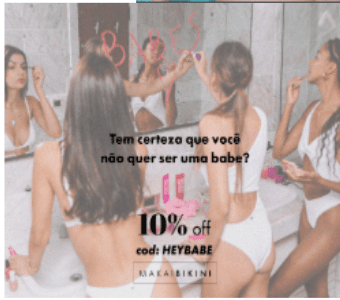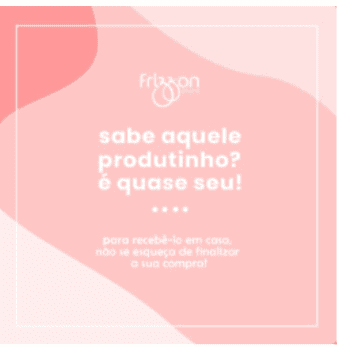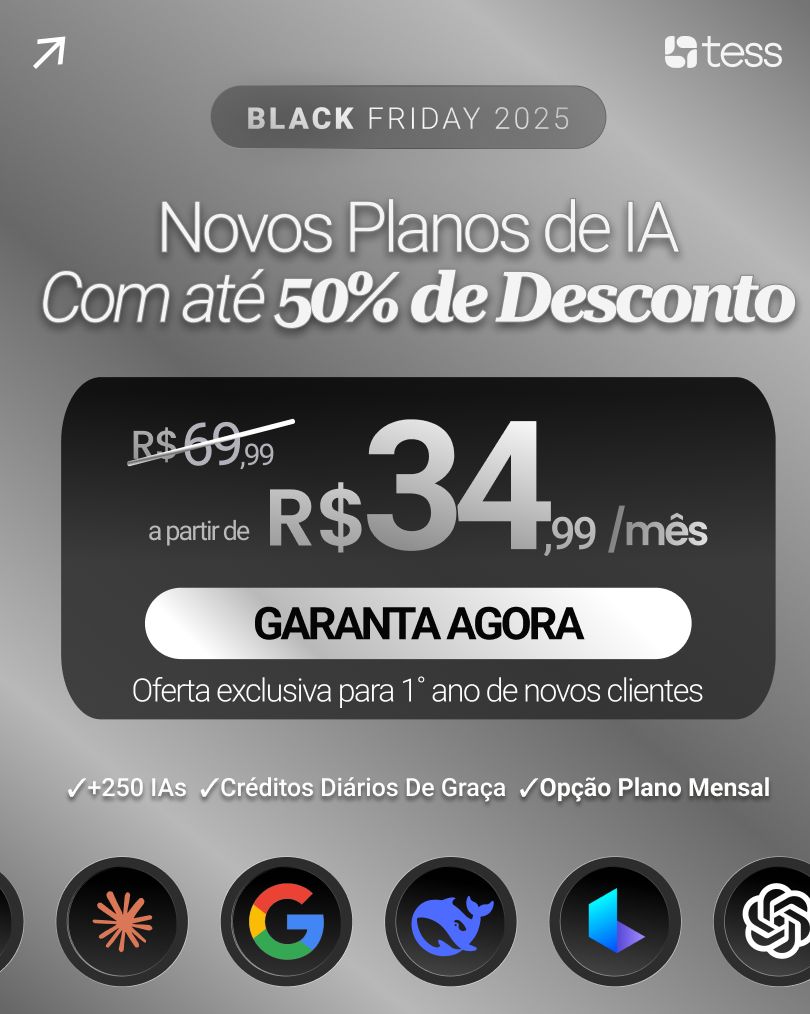Facebook Ads are gaining more and more space in paid media among advertisers. And in order to make the most of this platform, it is extremely important to align the creative that will be promoted to each audience.
Who hasn't seen an ad on Facebook or Instagram with a communication that was apparently meant for you? Like the one below:
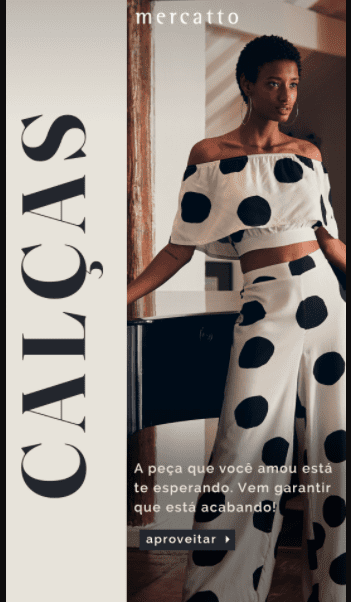
From now on, every time you look at an ad with direct communication, you're going to applaud the advertiser because they're doing a great job of serving ads.
In digital marketing, it is extremely necessary that the entire marketing funnel is worked on (if you don't know what the marketing funnel is, click here and we'll explain it to you). And for this, every advertiser needs to have exclusive communication for one of these stages (top, middle and bottom).
Shall we learn what the creative for each stage should look like?
Top of the Funnel
The top-of-the-funnel audience is the one that doesn't know your brand yet. So think of it this way: the user is browsing your social network, "scrolling" to see your posts. Your goal is to get them to stop at your ad and click through to your landing page.
How are you going to do this?
By showing the value of your brand. Show how relevant it is in the market and how it can solve a possible pain that the user has. Check out some interesting examples of top of funnel ads below:
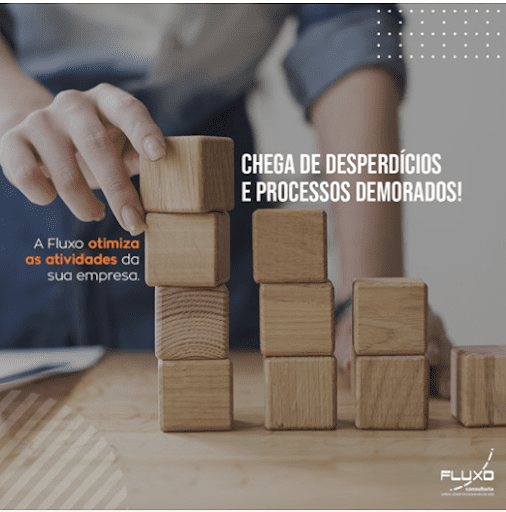
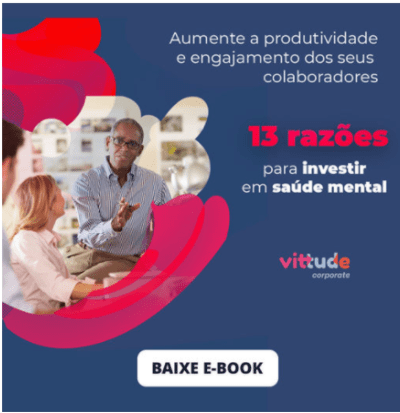
There is no right or wrong format. You need to test and find out what works best for your audience and campaign strategy.
Middle of the Funnel
At this stage of the funnel, the user already knows the brand, has entered your site, but has not made a purchase (or sent a contact). It's time to get their attention and make them come back with direct communication, i.e. showing that you know they visited your site but didn't convert.
At this stage it is interesting to show the brand of your brand (free/express shipping, interest-free installments, customer satisfaction) and even use mental triggers, such as scarcity (show the user that the product they liked is running out, for example).
Here are some examples of creative aimed at the middle of the funnel:
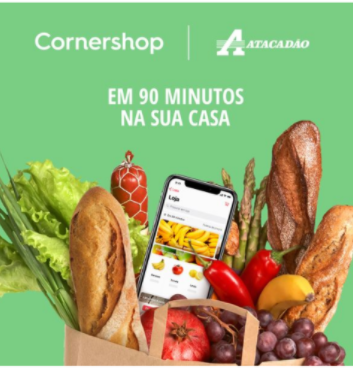

With regard to format, it is recommended to use a carousel with the different benefits that the brand offers its customers. But other formats can also be used, as long as they are adapted to the objective of re-impacting these users.
Remember: there is no right or wrong. It's important to test to see which format works best for your audience
Bottom of the Funnel
At the moment, the user is almost converting, but still needs an extra incentive.
That's why this stage of the funnel is the ideal one for you to run the more aggressive promotions and offer extra benefits (a discount coupon for those who abandoned the product in the cart, for example). Below are some examples of excellent bottom-of-funnel creative:
Conclusion
I'm sure that, by now, you're already talking to your designer about making a creative for each stage of the funnel! So I'm going to summarize for you, in one sentence, what communication should look like at each stage to get your campaigns up and running.
- Top of the FunnelArouse the need for your product by showing the value of your brand;
- Middle of the FunnelShow your brand's differentials and that it solves the user's pain;
- Bottom of the Funnel: Convince the user that your brand is the best choice by offering an extra benefit.
Once you've done that, I'm sure your campaigns will get better and better...



